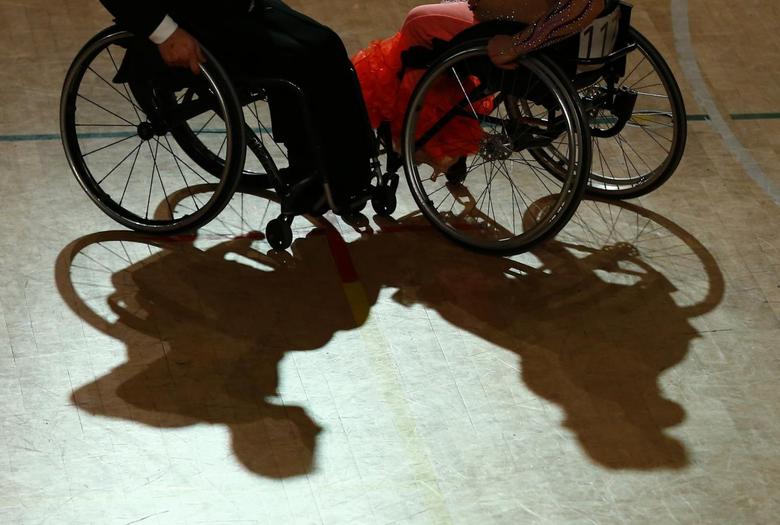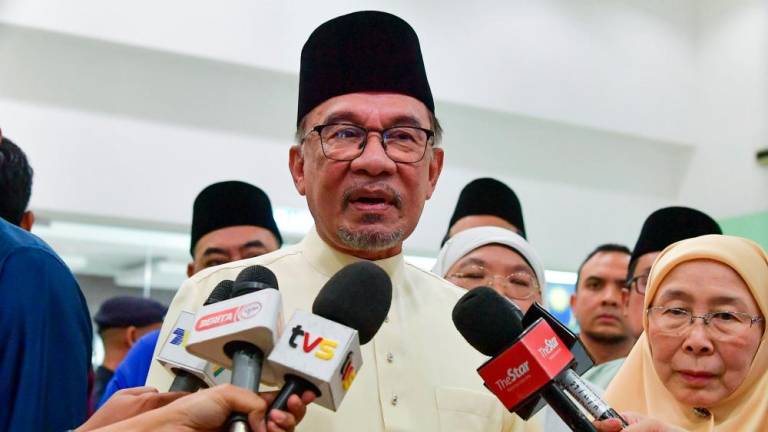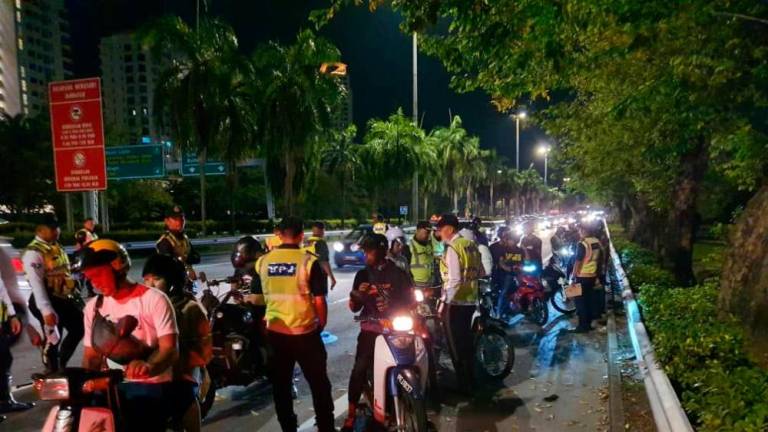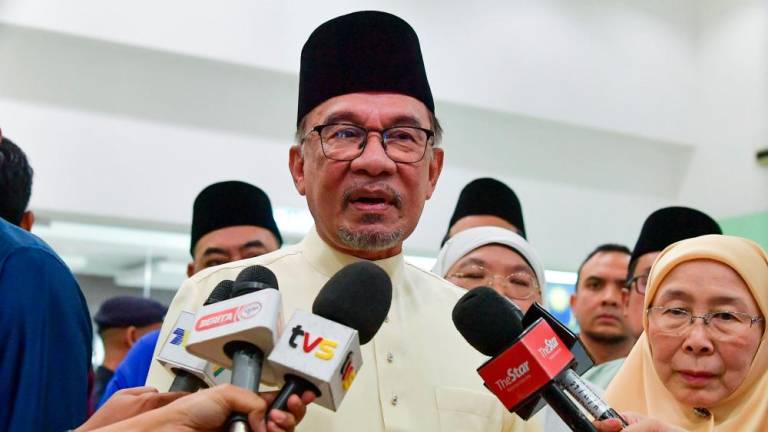KUALA LUMPUR: For Khairul Ikhwan, 38, who suffers from visual impairment, every time he walks on the tactile pavement in Brickfields, he must not only be careful not to walk into a motorcycle or stall blocking the road.
In fact, he was once shouted at for accidentally walking into a civilian standing on the tactile that the government built especially for the blind to make it easier for them to walk safely, he told Bernama here recently.
“It’s a problem when someone parks his motorcycle on the tactile. Sometimes stall owners operate on the tactile. We have to make a detour and it is dangerous if the area is near a ditch and sometimes we get lost,“ he said.
Khairul lost his eyesight at the age of 14 due to a road accident and is now making a living as a street busker.
Khairul Ikhwan’s sentiments were also shared by Siti Huraizah Ruslan, 32, who also claimed that they often reprimanded traders on the tactile route, but were ignored by the traders.
“They operate their business on the tactile pavement everyday and despite being told numerous times, they still continue trading on that spot,“ said Siti Huraizah, the Malaysian Association for the Blind (MAB) accessibility and advocacy executive.
Khairul also said he had difficulty using the upgraded ATM machine using a touch screen system that had no voice.
“So I don’t know which one to choose (referring to the options provided on the ATM machine screen),” he said, adding that he had to seek the help of the nearby public to withdraw money and this exposed them to the risk of getting duped.
He added that in addition to the bank’s facilities, there were many public facilities that were not disabled-friendly, such as lifts that did not have Braille number buttons for their convenience.
“We felt compelled to use the staircase because we were afraid of going to the wrong floor,“ he said.
MAB general manager George Thomas said he had held talks with the bank to facilitate easier use of the ATM machines for the visually-impaired.
He said banks in Singapore provided hearing aids or earphones for the visually impaired to ensure security and provide ease for the disabled, and that the touch screen had Braille codes.
He said MAB had conducted various training to help the visually impaired so that they could be self-sufficient in carrying out their daily tasks and activities.
So far, 780,000 visually impaired have registered with the Social Welfare Department and given skills training by MAB, he added.
However, he did not deny that the development of technology that was not accompanied by the help of a hearing aid for the blind did not help this community much.
“For example, those who create applications and graphics that are displayed on various platforms on mobile phones, do not help the visually impaired if they are voiceless,“ he said.
In line with the theme of World Disability Day today which encourages the participation of persons with disabilities and leadership towards action as envisaged in the 2030 development agenda that emphasises empowering the disabled to be more inclusive, fair and equitable, and sustainable in development, MAB hopes that those responsible can make the services provided in the country friendly to the disabled, he said. — Bernama













